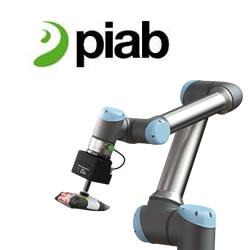DARPA taps Boeing for unmanned reusable spaceplane
Ross Wilkers for Washington Technology: Boeing has emerged as the winner of a Defense Advanced Research Projects Agency competition to design and test an unmanned reusable spaceplane DARPA hopes can cut the time and costs of getting satellites into orbit.
DARPA envisions the XS-1 Experimental Spaceplane as a class of hypersonic aircraft that could launch into low-Earth orbit within days versus the months or years currently required to launch a single satellite. Boeing will build the future Phantom Express spaceplane to carry satellites up to 3,000 pounds and return back to Earth on a runway similar to that of business jets.
Contract figures were not disclosed for phases two and three of XS-1 Boeing was selected for. Boeing and Northrop Grumman each received $6.5 million for phase one in August 2015 and a third company Masten Space Systems got $3 million.
Through XS-1, the agency aims to facilitate a commercial service with recurring costs of $5 million or less per launch at an assumption of 10 flights per year. DARPA will also release some test flight data from phases two and three in an effort to spur adoption of the XS-1 program's processes and technologies across the commercial launch sector. Full Article:
Comments (0)
This post does not have any comments. Be the first to leave a comment below.
Featured Product

